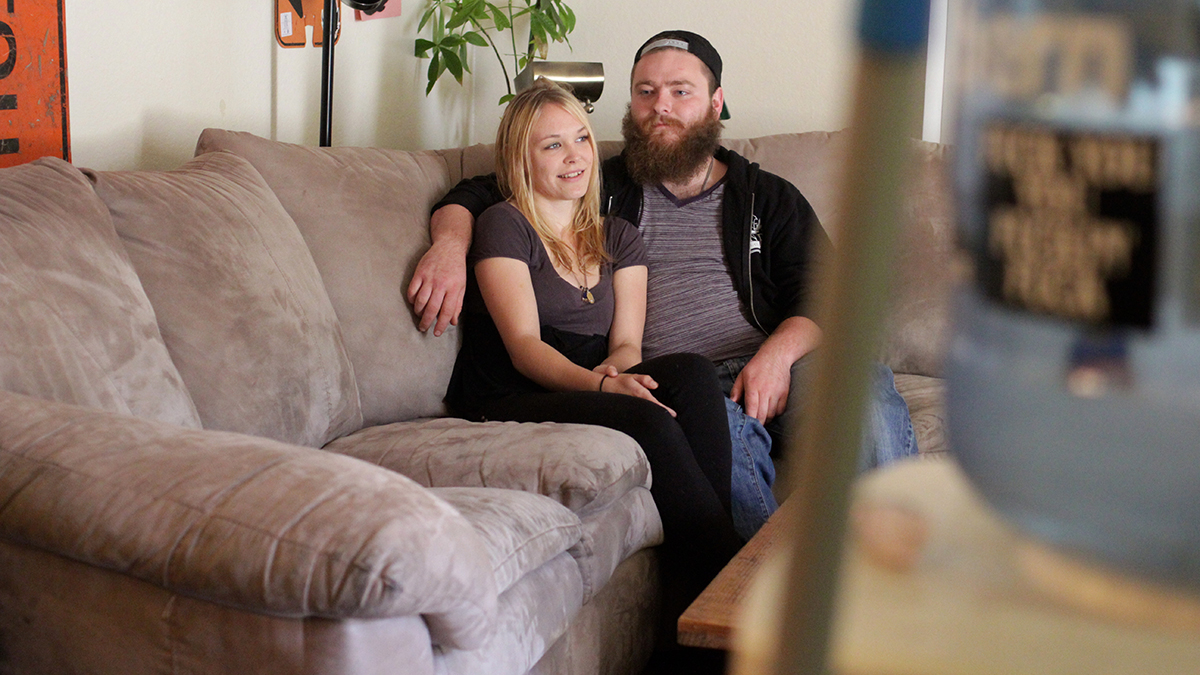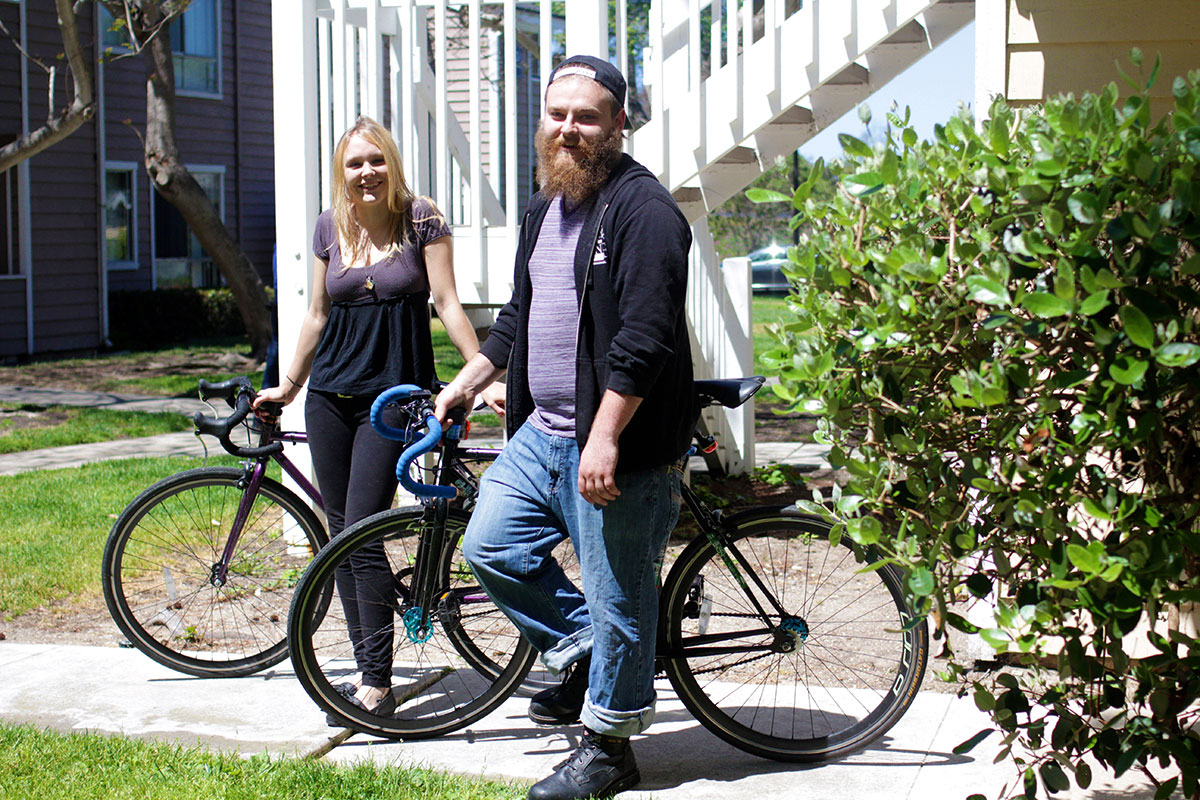
Health care
Thefinancialperilsofgettingsick
The "Obamacare" debate has drawn attention to America’s profound anxiety over health care. Nowhere in the world does it cost more to access basic medical services, and while the well-off and very poor tend to be covered by private, employment-based insurance and Medicaid, respectively, low- and middle-income households must pay out of pocket or weigh the affordability of plans on the federal health exchange. The average household spends nearly 7 percent of its income on health care, and medical debt is the No. 1 cause of bankruptcy in the country.
Changes in the U.S. economy over the past several decades have put more people in temporary, part-time, subcontracted and freelance employment — that is, work without benefits such as health insurance, workers’ compensation, paid sick days and paid vacation. The younger and poorer you are, the less likely you are to be insured. In this context, campaigns for paid sick leave, led by California, have spread across the country, but low-wage workers are the least likely to benefit.
Ian Hughes and Kasia Hunter
Household: Ian Hughes, 21, and his partner, Kasia Hunter, 19 Location: San Diego, San Diego County
| Budget and standards | Dollar amounts |
|---|---|
| Household income | $1,694 per month to $2,650 per month (with fluctuation) |
| Federal poverty level | $1,311 per month |
| Self-sufficiency standard | $3,276 per month |
| Hughes and Hunter's health care budget | $0 per month (or as needed) |
| Self-sufficiency standard health care budget | $446 per month |
Last year, Ian Hughes, 22, and his girlfriend, Kasia Hunter, 19, moved into a ground-floor apartment in San Diego, hoping to lessen their parents’ financial burden. Hughes brought his American bulldog, Franklin, and Kasia decorated the living room with her drawings and paintings. They inherited used furniture from relatives and friends, and went without a mattress for eight months, sleeping on the carpeted floor of their bedroom.
In different economic times, “just starting out” might have been challenging but romantic, a period of hardship you’d savor years later. Yet Hughes and Hunter, both restaurant workers, already feel hopelessly stuck, constantly in the red, scrambling to pay their bills and fearing the slightest setback: a flat bicycle tire, a day of stingy tips — or, above all, an illness or injury.
“I got the flu a couple months ago and [my bank account] totally went overdrawn. We just didn’t have the money. I had to reach out to my family,” Hughes said. “We have no paid sick days, no nothing.”
He works in the kitchen of a large San Diego restaurant, where he is paid $11 per hour. Recently, his hours were cut to four shifts per week. At a much smaller restaurant, Hunter covers front-of-the-house duties — greeting, expediting, busing — for $8 per hour, plus a few bucks in tips. She works between eight and 25 hours per week. Without money for a car, they commute by bike, making it impossible to work a second job. In the best of times, they have earned just enough to cover their $1,265 rent; most months, they end up in the red.
Their schedules, and income, vary with customer traffic, and it’s not uncommon to be sent home on a slow day. At the restaurant where Hughes works, computer software dictates employee schedules, analyzing patron flow and profit margins. He and Hunter say “time-shaving” — where employers alter timecards to avoid paying overtime — is a widespread industry practice. Lack of benefits is also standard fare.
“I don’t have insurance,” Hunter said. “I don’t even know what I’d do if something happened to me right now. I’d have to call all my family, and they’d pool money from the bank to help me.”
Although Hughes has limited health insurance through his father, a merchant mariner, he amassed several hundred dollars in medical debt from tonsil surgery and the purchase of an assisted-breathing machine for sleep apnea. “The insurance paid for a certain amount, but the leftovers — I’m always getting letters and phone calls from a [debt collection] robot. I couldn’t even afford [replacement parts for the machine], so I sent everything back. I can’t do the [breathing] treatment because it’s too expensive for me,” he said.
Said Hunter, “We probably have the tightest muscles in the world, biking every day, worrying about money, making sure the house is clean, the dog has food.”
Every month, Ian Hughes and Kasia Hunter barely make rent. As restaurant workers, they’re scheduled by the day and to the quarter-hour, sent home early when business is slow and lacking benefits like health insurance, paid vacation and sick days. In April, despite being technically full-time, Hughes earned just $550 in after-tax pay and Hunter, about $700. Not only were they short on their $1,265 rent, due May 1, but they also had to pay $150 in overdraft fees and penalties imposed by the bank and their apartment complex. Imagine, then, the economic shock of an unexpected injury or diagnosis:
Even without health problems, Hughes and Hunter often end each month in the red. But their finances took an unexpected dive on two recent occasions: when Hughes, having no paid sick days, lost two weeks of income due to the flu, and when he had to pay hundreds of dollars toward treatment for chronic sleep apnea.
Without paid sick days, even a seasonal flu can have a big impact on restaurant workers like Hughes. A few months ago, Hughes contracted the flu and faced a difficult decision: Try to work and risk getting customers and co-workers sick, or stay home and lose two weeks' worth of income with more debt as a result.



More serious illnesses, particularly chronic ones, can tumble low-income households into debt. Last year, Hughes, who suffers from chronic sleep apnea, was prescribed an assisted-breathing machine. But he could not afford the co-pay on the equipment, nor the cost of maintenance and replacement supplies. He returned the machine but is still receiving calls from a debt-collection agency.










